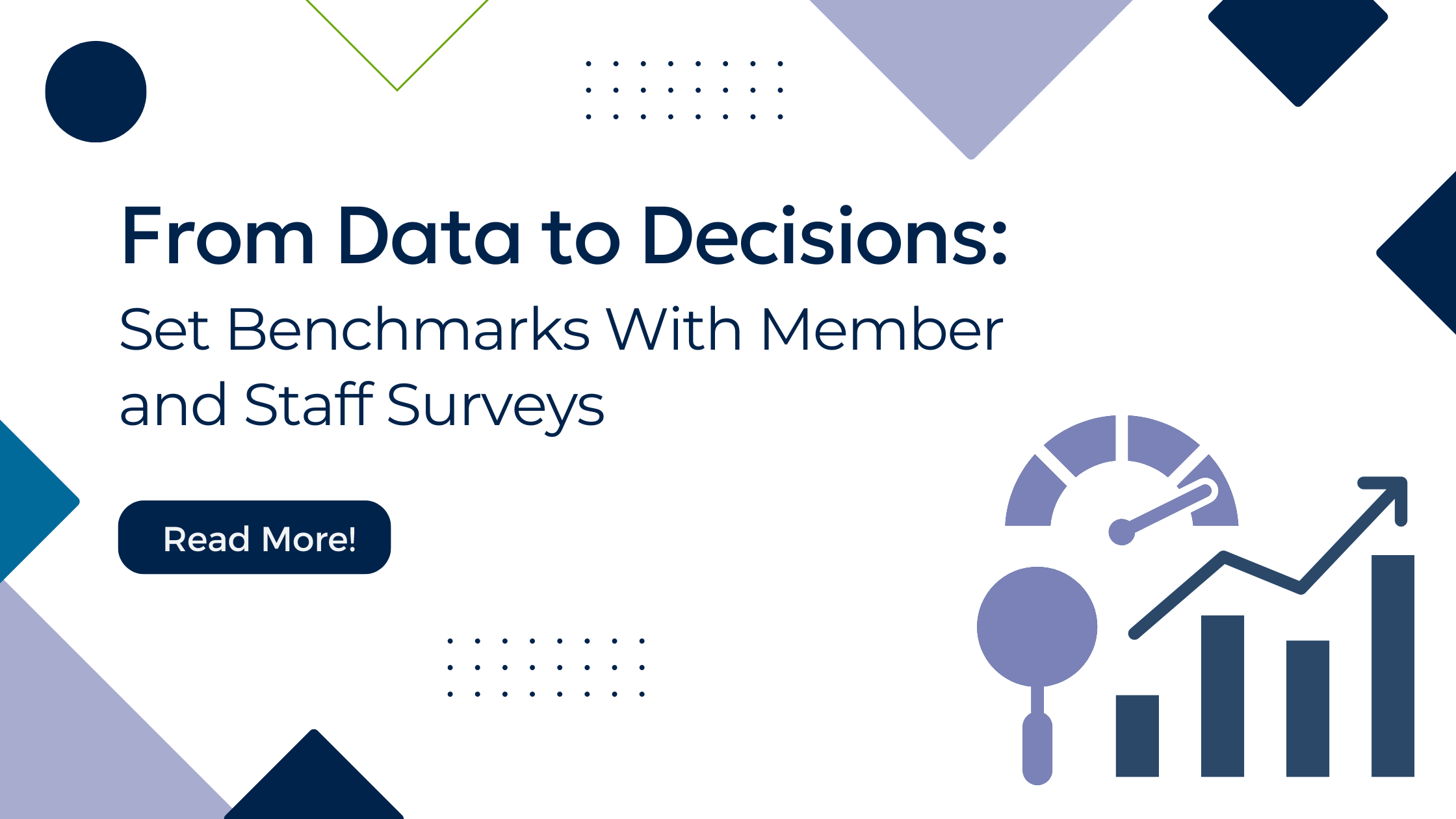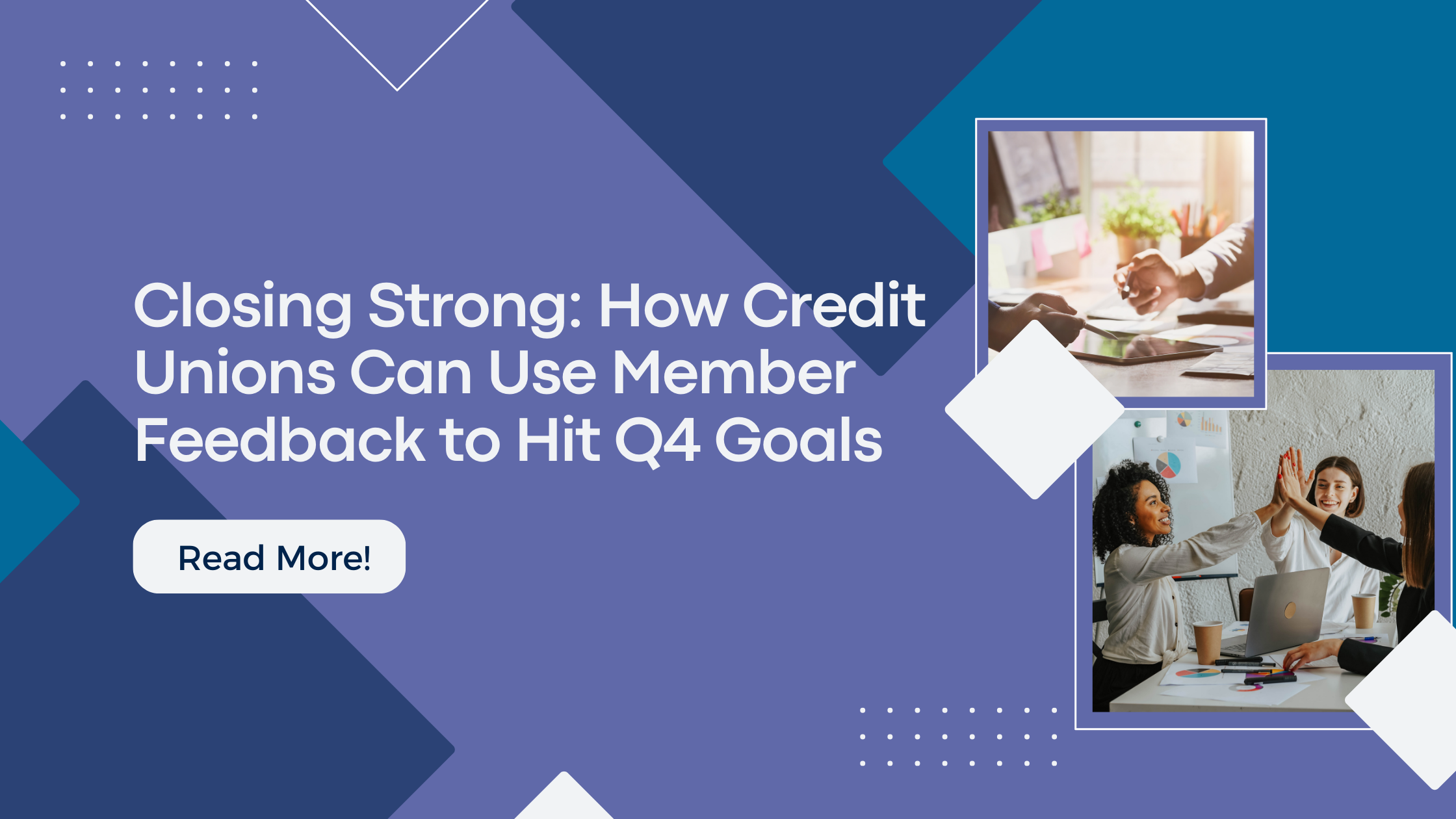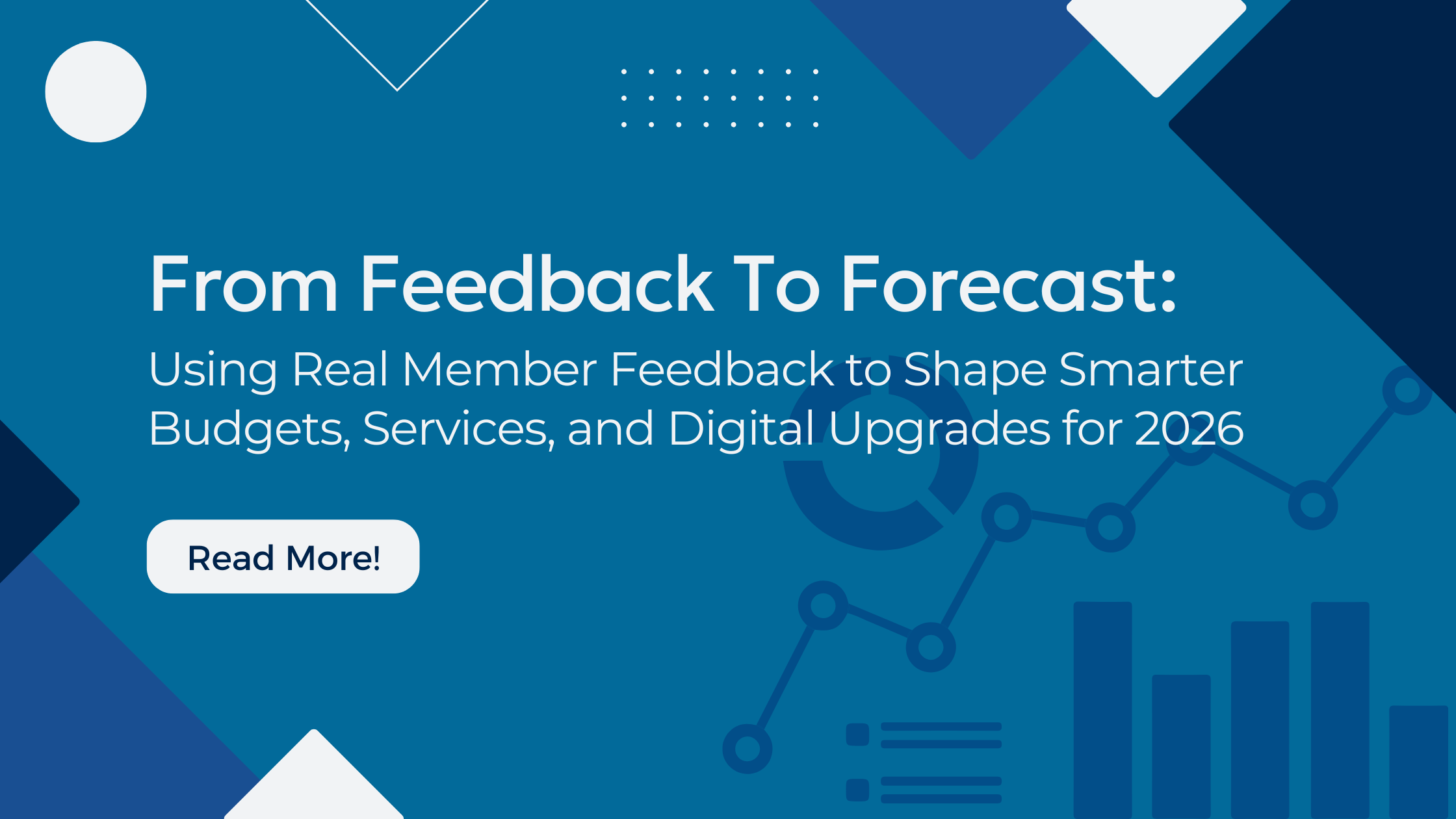The Net Promoter Score is a great metric to measure customer satisfaction in any industry. However, just because it’s a standard metric, that doesn’t mean it gives standard, easily-compared scores. Many high NPS scores are simply inflated due to a sampling bias.
Sampling biases often arise in surveys. Essentially, if you don’t survey everyone, you must choose a smaller selection of people to survey—a sample.
And if that sample is for some reason predisposed to feel a certain way? Well, that’ll certainly affect the outcome of the survey!
Average NPS Scores
One way to find out if you’ve got an inflated NPS score is to measure against the average for your industry. In banking, the average NPS is about 21. Credit unions tend to score higher than banks.
However, the method of delivering NPS surveys may significantly affect the outcome. It all comes down to sampling:
Who do you survey?
When do you survey them?
Why did you survey those specific people?
Where were they surveyed?
What did you survey about?
Every variable in surveying has the potential to completely change the final result. Consequently, it’s important to consider the effect of sampling bias in your survey strategy. You may be introducing one without even knowing it.
Sampling Biases and Random vs. Triggered Surveys
To understand where sampling biases come into play, consider who you’re surveying—and when.
Random surveys randomly select survey respondents from their list of contacts. At a credit union, this means sampling from every account holder regardless of their level of engagement.
Triggered surveys are sent only to contacts who have recently interacted with your business. At a credit union, this includes people who recently visited a branch, applied for a card or a loan, or used online or mobile banking.
Can you spot where sampling bias might show up?
One credit union might see an inflated NPS score because they add an NPS question to their triggered post-transaction surveys. Members who just applied for a mortgage, visited a branch, or read financial education materials online are engaged. They’re using the credit union’s services. They’ve recently gotten value out of their relationship.
Another credit union might see a low NPS score because they send out random surveys. In addition to post-transaction surveys, they randomly send out surveys to any member—even unengaged ones. You can imagine that sending surveys to indirect members, members with only low-balance checking accounts, and members whose accounts are in collection might not get the same high NPS scores as the group who asks only their most-engaged members.
If you don’t survey randomly, you’re selecting respondents who currently use your services, thus creating a bias toward promoters.
Final Thoughts About Inflated NPS Scores
Sampling bias is one reason why NPS scores shouldn’t necessarily be used for peer benchmarking. There’s no way to know how each institution surveys, who they choose, or even how they phrase their questions. You can use it as a ballpark measure, but it’s better to measure against yourself than against others.
Want to find out your credit union’s NPS score? Try our free survey here, or request a short demo to see the LiveSurvey platform in action.
Want to learn more about surveys and survey strategy? Subscribe to our blog!





